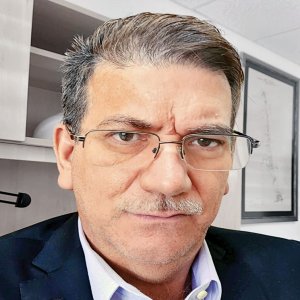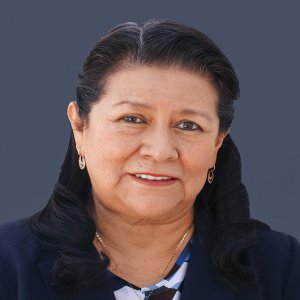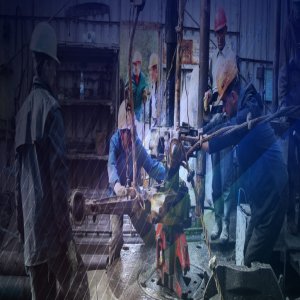Secondary Markets for Fleets Emerge

STORY INLINE POST
Q: What have been the most important recent changes in the Mexican offshore landscape?
A: In terms of operators issuing service contracts surrounding offshore platforms, I would say that there has been a significant reshuffling of the major players. Nevertheless, previous to the pandemic, we were already seeing a slowdown in offshore oil and gas activities. We were witnessing the signs of the oil price crisis as early as 2019. We also knew that a voluntary decrease in Mexico’s production levels would have to be part of the plan to address such a crisis.
For us, 2019 was pretty active and so far, this year has been pretty busy as well. We are still working on projects related to the administration of the fleet that was previously owned by Oceanografía. This is a fleet that is technically stalled because it is dealing with a variety of conflicts yet to be resolved that include fiscal and labor issues. However, there are vessels within that fleet whose ownership we have transferred to our administration. These include four supply vessels and two construction vessels that were integrated last year. This has kept us busy and has made us less vulnerable to the economic impacts of the pandemic and economic crisis. We hope to have more Oceanografía vessels up and running as soon as possible, although the main issue that stands in our way will continue to be labor disputes and pending payments that have yet to be resolved. Various public and fiscal institutions and authorities have been involved in this process throughout a number of presidential administrations. Unfortunately, they have been unable to bring to term the auctioning of Oceanografía’s remaining assets. There are many legal variables at play here but the ultimate issue is that these vessels continue to be inactive and unfortunately this also means that they continue to lose a lot of value as they age.
Q: How is the offshore sector’s changing regulatory landscape influencing the market?
A: The regulatory entities that are becoming increasingly relevant to the offshore sector are SEMAR and SCT. We are seeing a trend toward the centralization of SEMAR and also the entirety of Mexico’s armed forces and their available resources and infrastructure. This includes a very visible effort to compress the civil maritime administration responsibilities of SCT. The practical outcome of all of this, at least in our experience in terms of day-to-day operation, is quite minor. The militarization of customs offices and even of some APIs, for example, is a process we had seen begun in ports such as Manzanillo and Lazaro Cardenas before it was formalized in 2020. Regardless of how many new responsibilities the armed forces take on, SCT personnel have mostly remained in place even if their management has switched hands. Military personnel will take a long time to be able to replace these employees if they are ever able to do so; the military cannot replicate the experience of these people or even develop it without a long learning curve. Military service members work on rotations that are not usually longer than six months and this can influence their performance. You would need three or four soldiers to replace one civil employee under the military rotation system. Meanwhile, a trend among regulators such as SENER, CNH and CRE is the delay or cancellation of certain projects due to temporary halts due to the issuing of permits that have taken longer than expected as a result of the long transition process of this new administration.
One of the new challenges that SEMAR will have to deal with is not only the constant training involved in upgrading its capabilities to meet the regulation of the shallow water and deepwater sectors but also in the vigilance activities necessary to guarantee the secure operation of offshore facilities. Theft and piracy are undoubtedly on the rise. I do not believe there is a single offshore operator that has not had to face its unfortunate realities. In March of this year, one of our ships was boarded by one of these motorboat-pirate crews. They stole our crew’s property in a manner that suggested that they were not familiar with the oil and gas industry since expensive equipment was left alone. This is a good thing. It means that a market for these kinds of stolen goods has not emerged yet. The problem is that SEMAR’s response capacity is limited. The waiting times are getting longer and its budget is getting more limited over time as a result of austerity measures. Like all regulators and all public institutions in Mexico, we are asking SEMAR to do more and more with less and less.
OH Maritime is an offshore business management and shipping agency. It represents foreign charterers, investors and ship owners in Mexico and is a consultancy for small, medium and large companies across a range of industries.








 By Pedro Alcalá | Senior Journalist & Industry Analyst -
Thu, 11/12/2020 - 11:28
By Pedro Alcalá | Senior Journalist & Industry Analyst -
Thu, 11/12/2020 - 11:28








